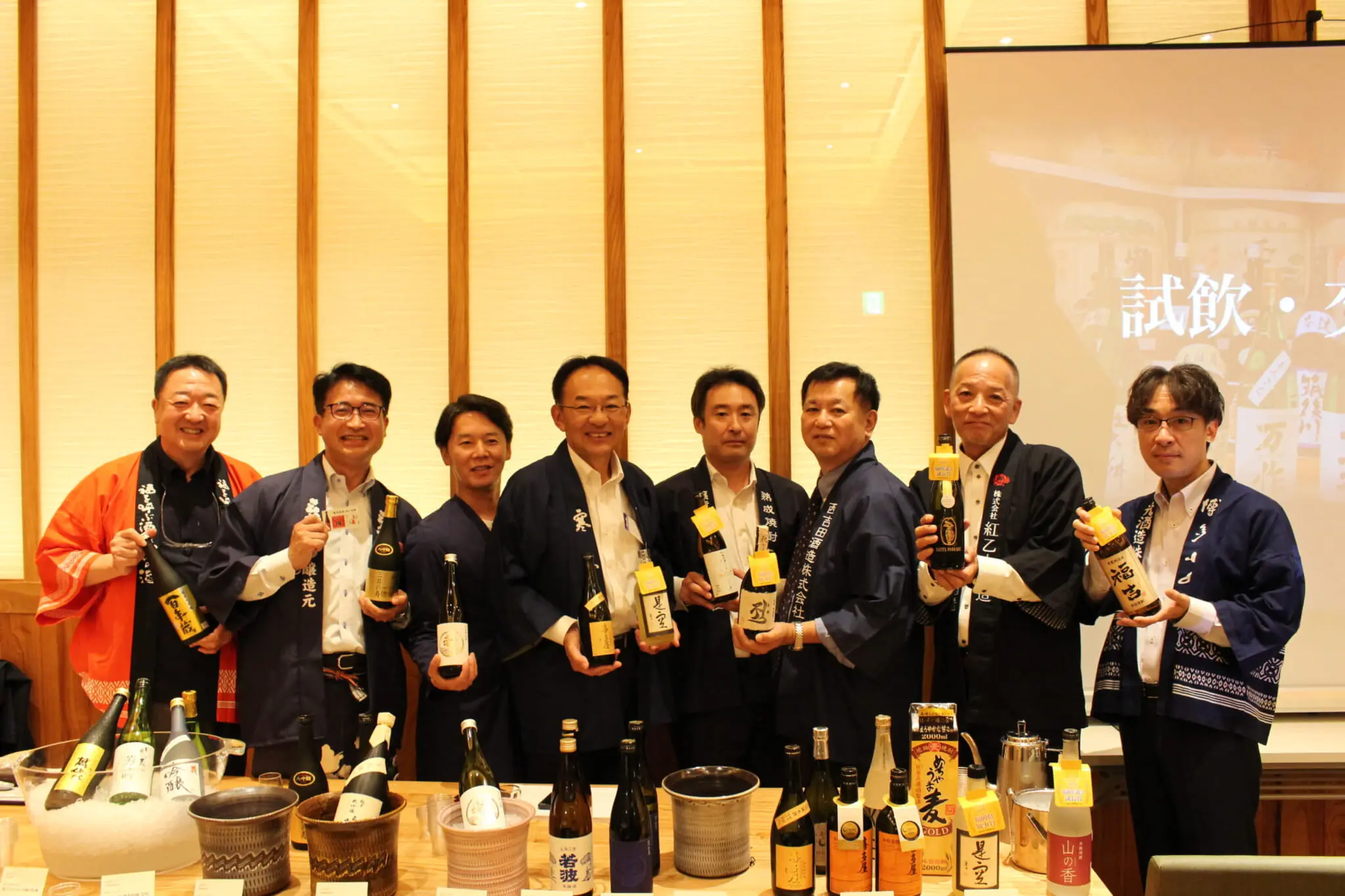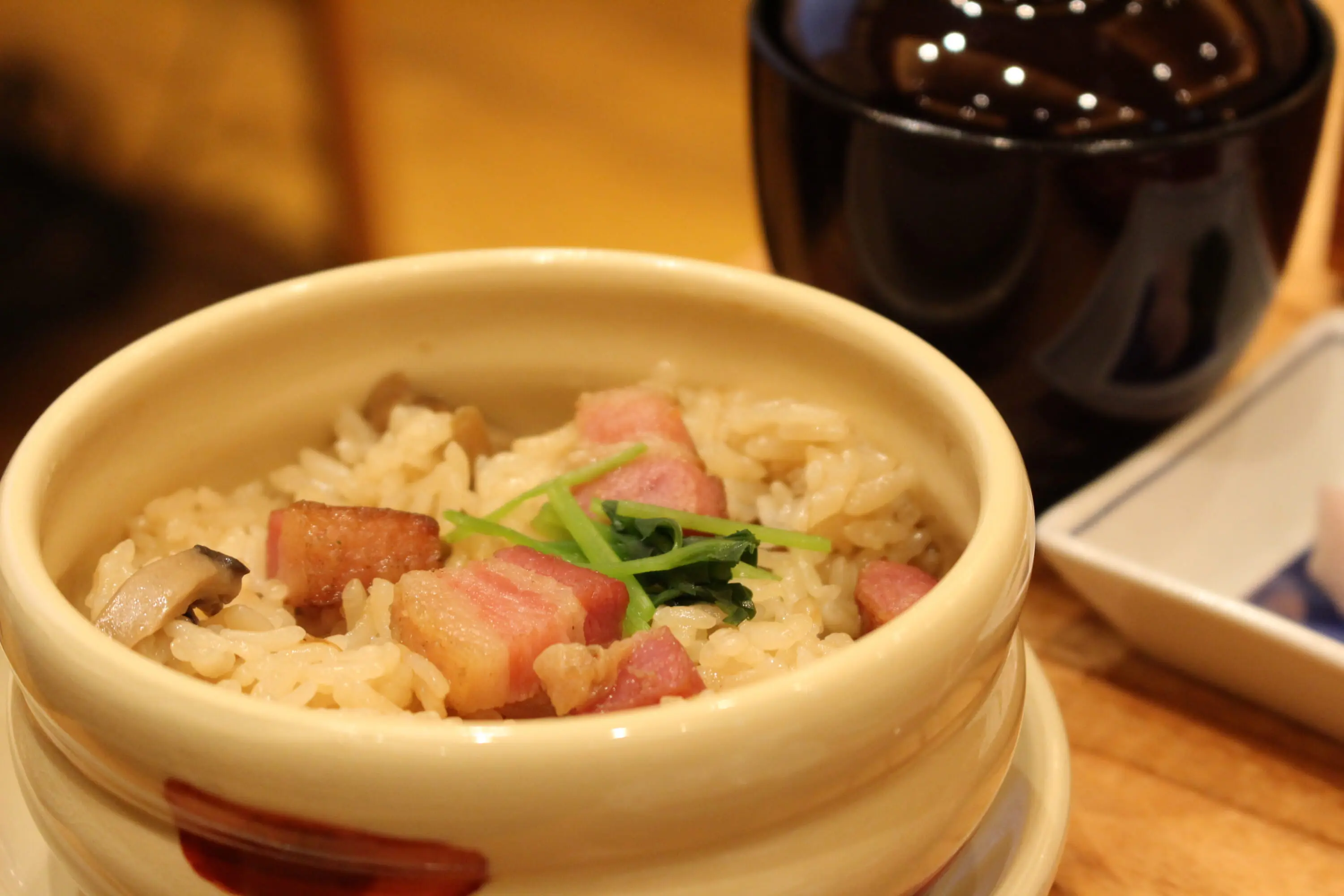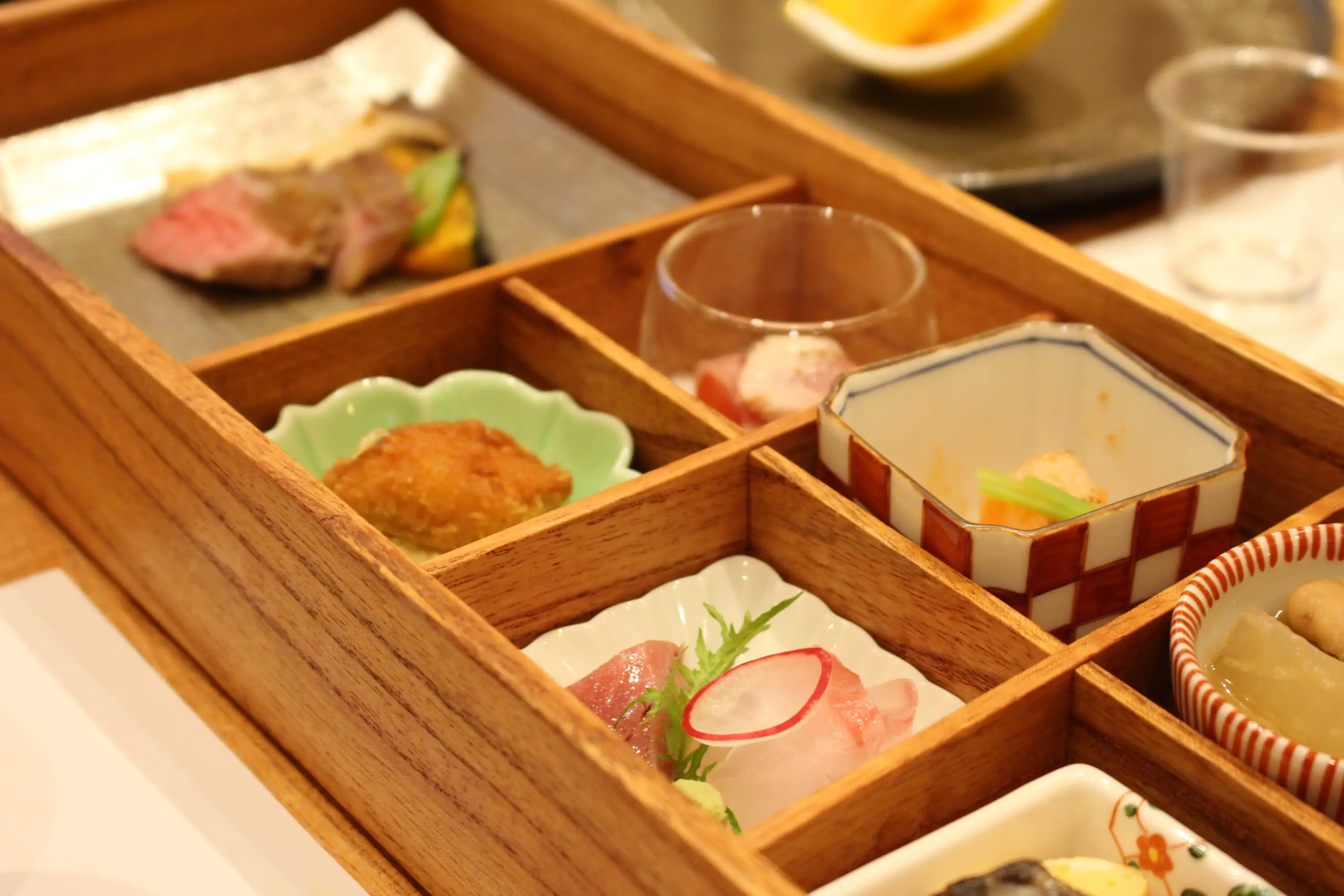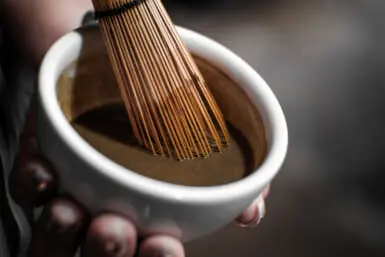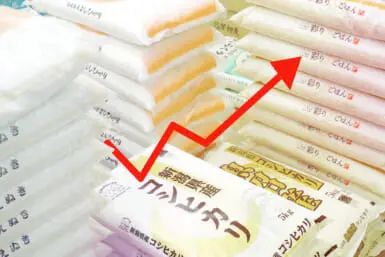Fukuoka Prefecture is one of Japan’s leading sake-producing regions, and it’s not hard to see why. Thronged by mountains and facing the sea, it’s known for its delightful scenery and pristine rivers that nurture a wide variety of crops. It’s also considered Japan’s “gateway to Asia” due to its proximity to China and South Korea. A lively metropolis, it boasts a variety of cultures and cuisines that mingle and recombine into something singular.
It’s unsurprising, then, that Fukuoka offers a rich and diverse array of sake and shochu options. Within the region, there are 66 breweries that provide hundreds of high-quality, nationally- and internationally-recognized varieties each year. This year alone, 35 of those breweries submitted 96 types of sake and 93 types of shochu to the annual Fukuoka Prefecture Sake Competition. Of those, a whopping 105 came away with prizes.
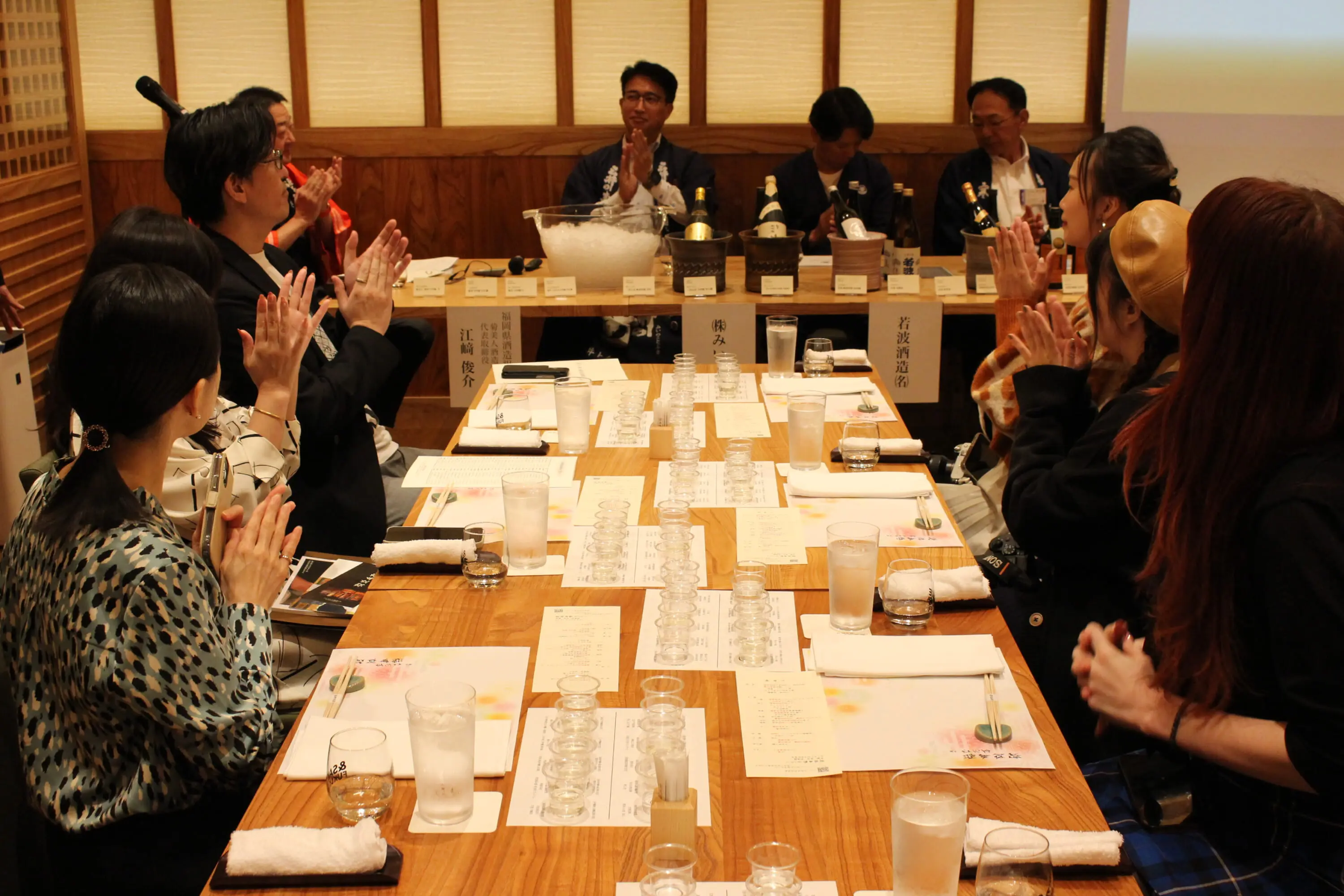
Fukuoka Sake Event
On Saturday, October 28, an event was hosted at Kojimachi Nadaman Fukuoka in Tokyo to honor the winners and showcase the charms of Fukuoka sake and shochu as a whole. Representatives from seven breweries, among them recent prize-winners, came together to present more than 20 brands of their unique products.
These were served alongside a selection of Fukuoka delicacies, all prepared by Nadaman’s own chefs, using fresh ingredients sourced directly from the region. In attendance were a variety of foodies, sake connoisseurs and influencers, who reverently sipped their drinks and documented the stream of picturesque, perfectly presented courses throughout the night.
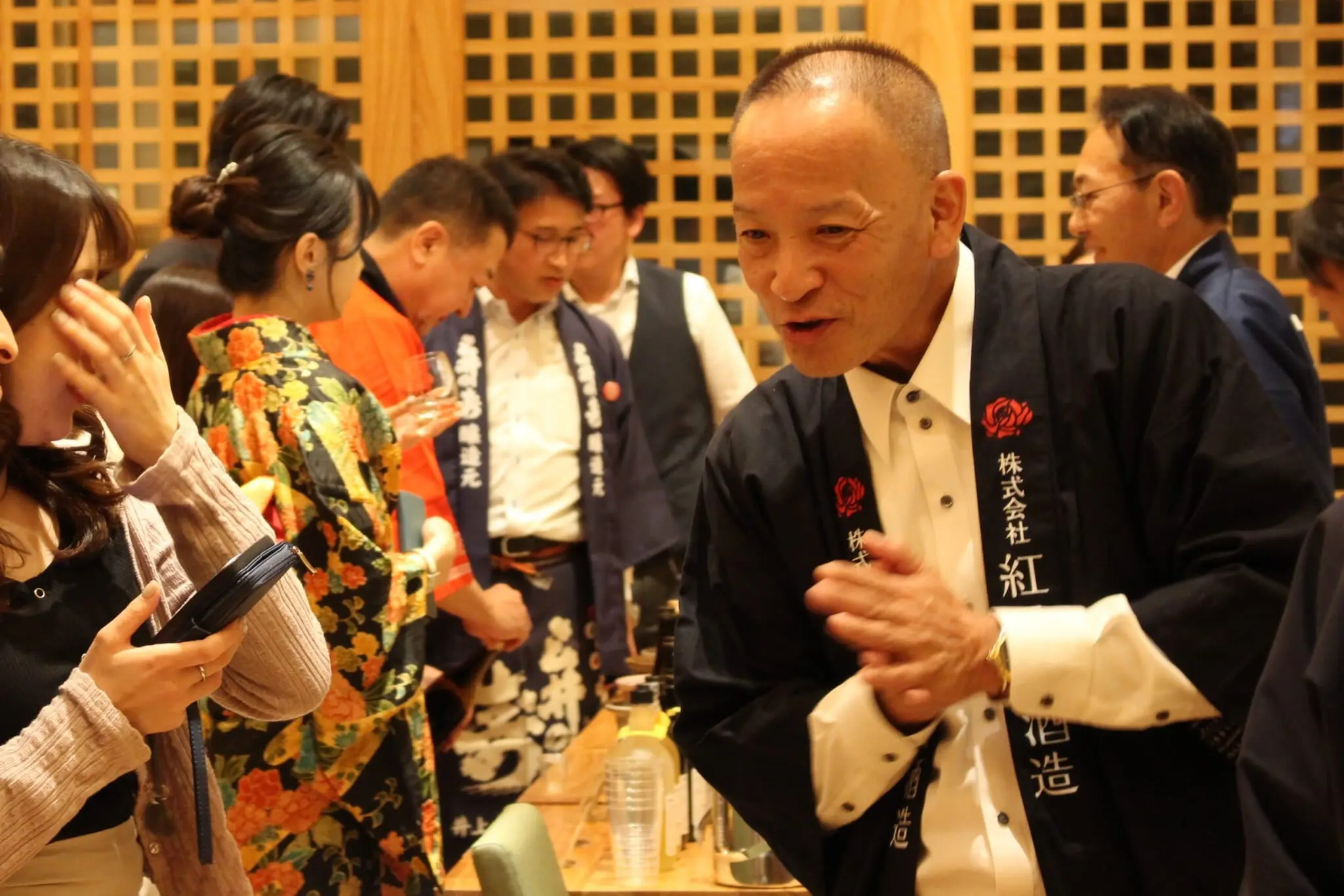
The Idiosyncrasies of Fukuoka Sake
After a welcome toast, guests were invited to sample five different types of nihonshu and five types of shochu from the seven breweries at their tables. As they sipped, they watched presentations from every brewer, with each giving an overview of their company and the process through which their spirit is made. Listening to them speak while sipping on their product gave a deeper appreciation of the complex flavors — some soft and subtle, others fruity and sharp.
It was illuminating to learn each brewery’s history, and to become acquainted with each one’s unique character and accomplishments. Several of those breweries have been handed down for generations. That includes Kitaya, which won the worldwide Champion Sake at the International Wine Challenge in 2013. Another award-winning brewery, Mii no Kotobuki, has a particularly interesting claim to fame: Slam Dunk author Takehiko Inoue enjoys the company’s sake so much that he derived the kanji in protagonist Hisashi Mitsui’s name from the brewery itself. (三井の寿 is the brewery, and Mitsui Hisashi is written 三井 寿).
Listening to the speeches, it became clear that a glass of nihonshu is so much more than what meets the eye (or lips): More than a drink, it’s the product of centuries of tradition and innovation, of geography and history and innumerable cultural influences, of unique ingredients that can only be grown in a precise way in one specific place.
A Feast Fit for Prize-Winning Drinks
The kaiseki meal served alongside the sake tasting consisted of luscious, elaborate dishes made from fresh ingredients sourced from the region, such as pickled komatsuna leaves, red sea bream, conger eel, Hakata wagyu beef and closing off with Yame matcha mousse and freshly sliced persimmon.
As the dinner and the presentations drew to a close, those in attendance had the chance to try more of the prize-winning drinks, poured directly by the brewery owners. The atmosphere was jovial and warm. Everyone had just tried over 20 different types of nihonshu and shochu, after all.
An elegant middle-aged woman clad all in red excitedly mentioned that she was planning to travel to Fukuoka for the first time in her life the following month. She’d come to the event because she wanted to acquaint herself with the area’s charms before her trip. “I didn’t know much about Fukuoka’s sake before tonight, but now I definitely want to try more,” she effused.
Guests and brewers alike excitedly compared notes about the drinks they’d sampled and the dishes they’d enjoyed. One thing was clear, given the abundance of options, it would take years to even scratch the surface of all Fukuoka has to offer.
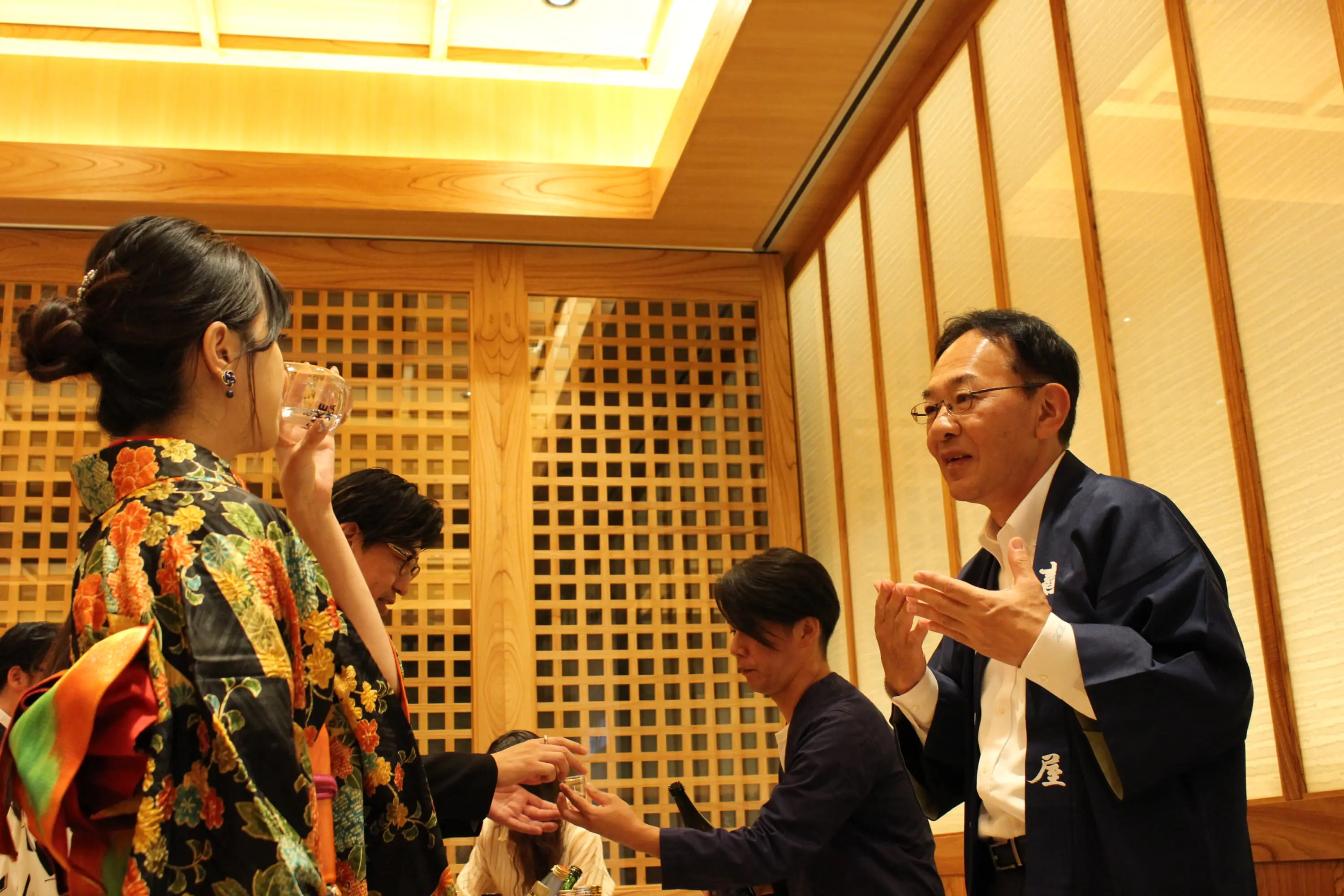
To learn more about the rich world of Fukuoka sake and stay updated about upcoming tasting events, visit the Fukuoka Sake Brewer’s homepage. For more information about Kojimachi Nadaman Fukuoka, visit the company’s website. (Online reservations are available in English and Japanese.)You can enjoy various kinds of Fukuoka nihonshu and shochu at this restaurant.

